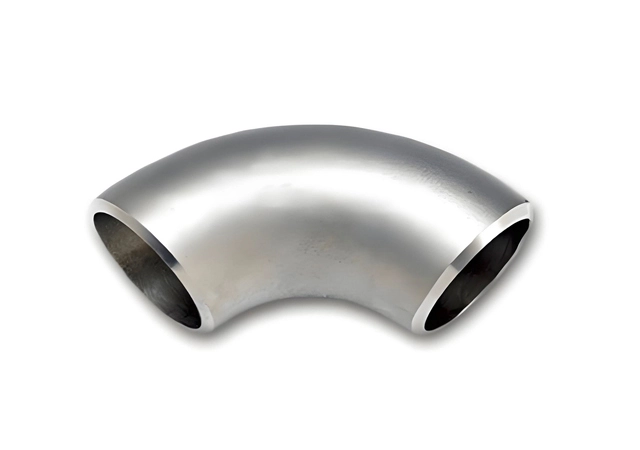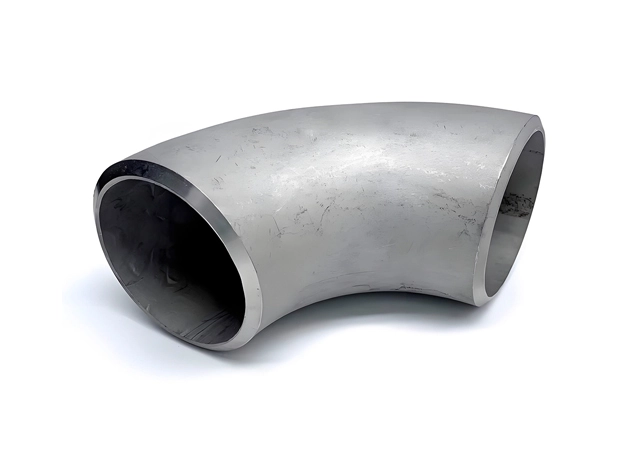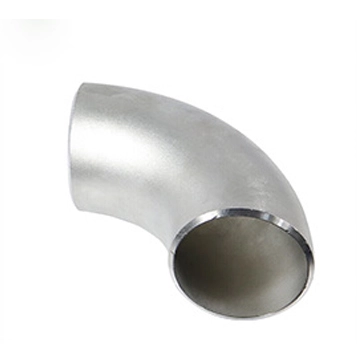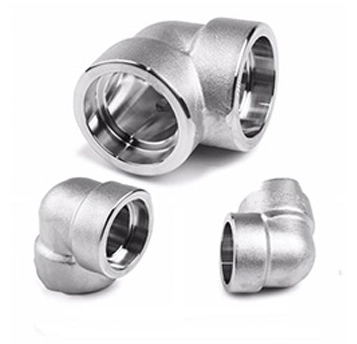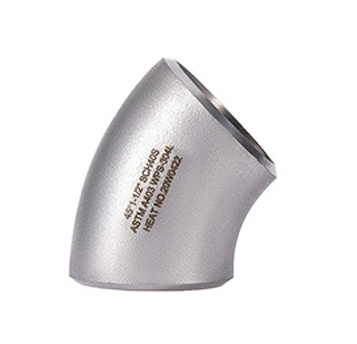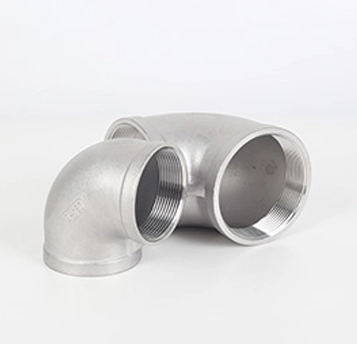1. By Bending Angle
45° Seamless Elbow: Used for moderate directional changes in fluid flow. Common in systems with lower pressure requirements.
90° Seamless Elbow: The most common type, used for sharp directional changes in both low and high-pressure systems.
2. By Wall Thickness
SCH10: Suitable for low-pressure environments, with thin wall thickness and light weight.
SCH40: Suitable for medium pressure environments, common standard wall thickness with good strength and durability.
SCH80: Suitable for high-pressure environments, with thicker walls and the ability to withstand higher pressures.
SCH160: Suitable for extremely high-pressure environments, with the thickest wall thickness, ideal for the most demanding working conditions.
3. By Manufacturing Standards
ASME B16.9: Widely used for seamless elbows, covering pressure-temperature ratings, materials, dimensions, tolerances, marking, testing, and methods of designating openings for fittings.
ANSI B16.9: Similar to ASME B16.9, used for seamless elbows in various applications.
EN 10253-2: European standard for seamless and welded butt-welding fittings.
MSS SP-43: Standard for light-weight stainless steel butt-welding fittings for low-pressure applications.
4. By Material
Carbon Steel: Known for its strength and cost-effectiveness, commonly used in ASTM A234 WPB, ASTM A106 Gr.B, ASTM A105, and ASTM A53 Gr.B.
Stainless Steel: Offers excellent corrosion resistance, commonly used in ASTM A403 WP304, WP316, and other grades.
Alloy Steel: Provides enhanced mechanical properties, suitable for high-temperature and high-pressure applications.
Duplex Steel: Combines high strength with corrosion resistance.
Nickel Alloys: Suitable for high-temperature and corrosive environments.
5. By Bending Radius
Long Radius (LR): The bending radius is 1.5 times the diameter of the pipe. Suitable for systems with high flow rates, reducing fluid resistance.
Short Radius (SR): The bending radius is equal to the diameter of the pipe. Suitable for occasions where installation space is limited.
A forged elbow is a type of pipe fitting used in piping systems to change the direction of fluid flow. It is manufactured through a forging process, where metal is heated and then shaped under high pressure to achieve the desired form. This process results in fittings that are highly durable, strong, and capable of withstanding high pressures and temperatures.
1. High Strength:The absence of seams or welds ensures a uniform grain structure, making seamless elbows stronger and more durable than welded elbows.
2. Leak-proof:Seamless construction eliminates the risk of leaks at weld joints, ensuring a reliable and leak-proof connection.
3. Smooth Interior Surface:The seamless manufacturing process results in a smooth inner surface, reducing turbulence and pressure drop in the flow.
4. Corrosion Resistance:Seamless elbows are less prone to corrosion compared to welded elbows, as there are no weld seams that can trap contaminants or become weak points.
5. Suitable for High-pressure and High-temperature Applications:Seamless elbows are ideal for systems operating under extreme conditions, such as high pressure, high temperature, or corrosive environments.
6. Aesthetic Appeal:The seamless design provides a clean and smooth appearance, which is important in applications where aesthetics matter.
Seamless elbows are made from a solid billet or hollow pipe that is heated and extruded or drawn into the desired shape. This process ensures there are no seams or welds, resulting in a uniform and strong fitting.
Butt Weld Connection:
Seamless elbows are commonly connected to pipes using butt welding, where the ends of the pipe and elbow are beveled and welded together.
Socket Weld Connection:
For smaller pipes, seamless elbows can be connected using socket welding, where the pipe is inserted into the socket of the elbow and welded around the joint.

 EN
EN
